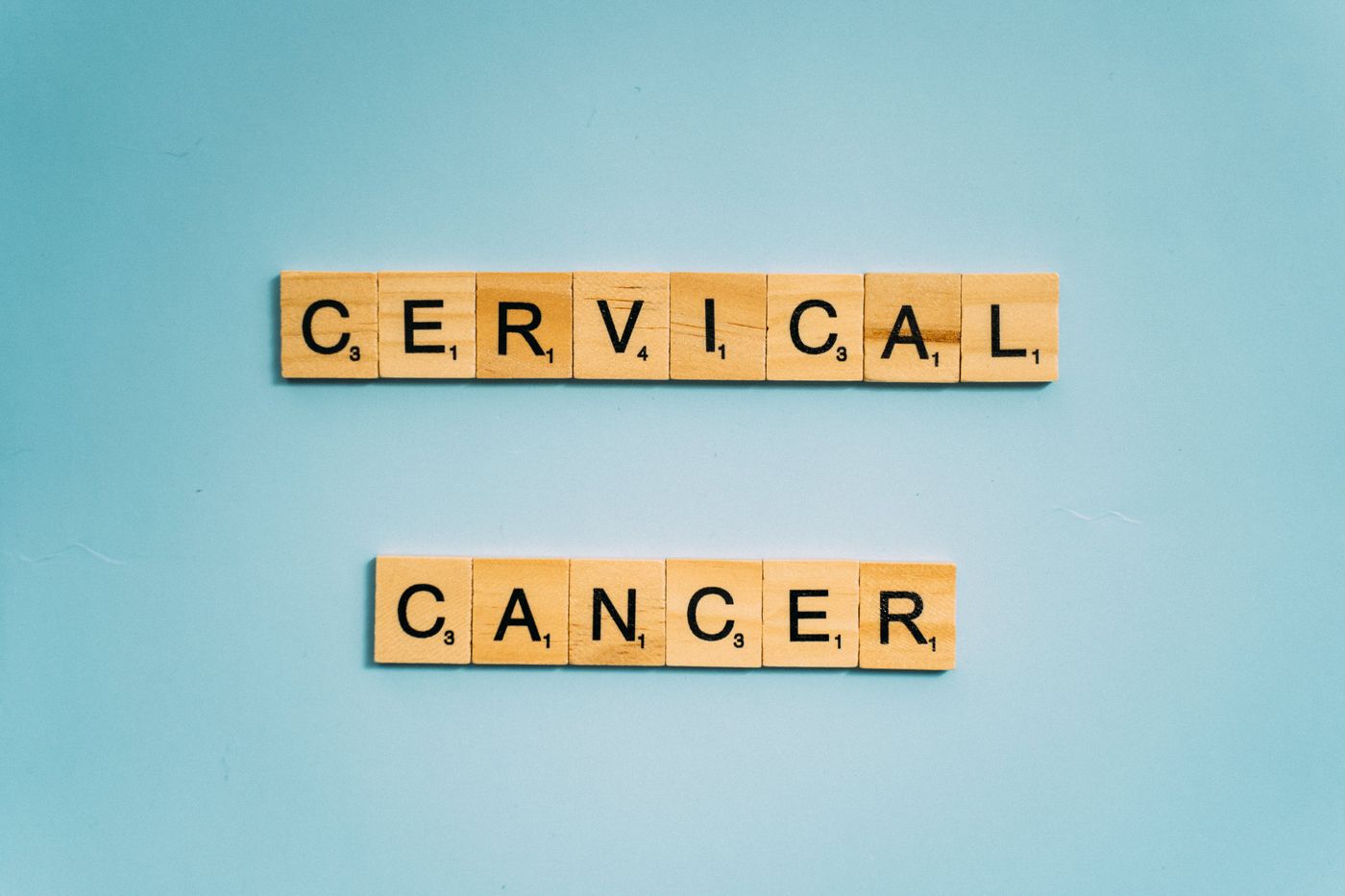Rise in Cervical Cancer Cases Proves an Added Challenge for Low-Income Communities
Cervical cancer incidence rates in the United States declined substantially between the 1970s and 2000s, due in part to the optimization of screening techniques and messaging encouraging women to follow early-detection guidance. However, more recently, cervical cancer rates have stabilized and begun to increase in specific cohorts of women, including those aged 30 – 44.
Some studies have hinted that health disparities, including cervical cancer incidence in low-income regions of the United States, contribute to the recent rise in cervical cancer incidence. However, many of these studies have focused on income independent of other clinical and demographic characteristics. A study recently published in the International Journal of Cancer has addressed some of these gaps in understanding. The researchers investigated how patterns of race and ethnicity and diagnostic staging impact cervical cancer incidence and mortality.
The researchers used Surveillance, Epidemiology, and End Results (SEER) data to understand how cervical cancer incidence and mortality trends have changed by income level, race, and ethnicity. Further, the study stratified the results based on stage at diagnosis.
The study analyzed findings of “hysterectomy-corrected cervical cancer,” meaning that statistics take into account the number of women who have undergone a hysterectomy, rendering them not at risk of developing cervical cancer. Based on previous research, the hysterectomy correction has shown that cervical cancer rates are underestimated, particularly in cohorts of black women.
The analysis revealed that hysterectomy-corrected cervical cancer incidence increased by 1% per year among non-Hispanic White women in low-income communities. In this same cohort of women, the incidence of distant-stage cases rose 4.4% annually. The distant-stage cervical cancer incidence rate increased by 1.5% per year in Hispanic women in low-income communities.
Further, cervical cancer mortality rates increased 1.1% per year for non-Hispanic White women. In a cohort of non-Hispanic Black women in low-income communities, cervical cancer mortality rose 2.9% per year.
The observation that specific racial/ethnic groups have higher rates of distant-stage cervical cancer and mortality suggests that improved screening alone may not account for the cervical cancer rates in low-income areas. The authors suggest that disruptions in screening and treatment regimens may also play a role.
Additional research to understand the nuance of cervical cancer incidence and mortality trends will help tackle the rising burden this disease brings, particularly in low-income areas of the United States.
Sources: CA, JNCI Cancer Spectr, Int J Cancer, Cancer









